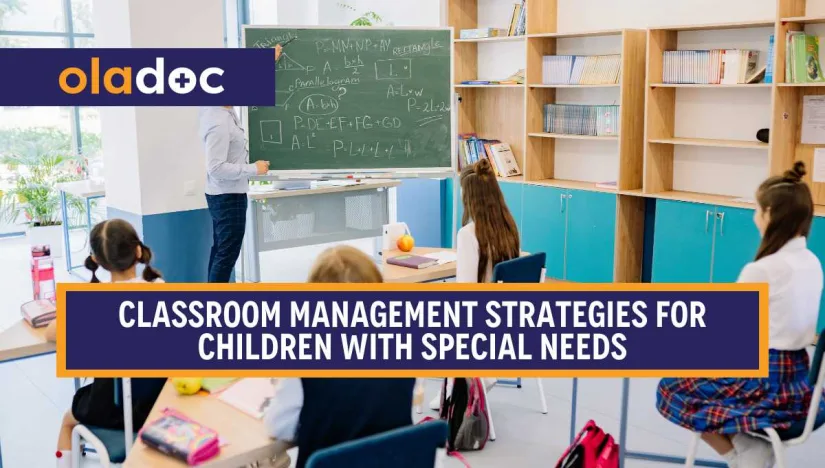Certain classroom management strategies can prove to be effective for children with special needs. Since children with neurological disorders like ADHD and autism have unique learning styles, it is imperative to set up the classroom to cater to their needs. This can help children perform well socially and academically despite their learning disabilities.
Table of Contents
Classroom Management Strategies For Children With Special Needs
Following are some useful strategies that can aid children with special needs in their learning and growth:
1. Using digital learning programs
Special children, including those with ADHD especially, are easily distracted. The use of digital learning programs can prove to be highly effective in this regard. It can keep them engaged and hold their attention over a significant period of time. These programs can be used to teach students things like counting, colors, the alphabet, etc, with visual imagery that appeals to their senses.
2. Personalize the learning experience
Teachers can go a step ahead and customize lessons based on a child’s interests or learning style. Special education does not have to be standardized for everyone. Children should be given an ample amount of time to learn at their own pace in their own way.
3. Seating arrangement
The seating arrangement of your special education class matters a lot. Since kids with autism and ADHD get distracted easily, arranging the tables and chairs in rows rather than a circle works best. Moreover, keeping the chairs away from windows and doors is recommended to prevent children from getting distracted. This will help them concentrate and focus.
4. Explain clearly with verbal prompts
If the students don’t understand you at first, repeat what you are saying again, more clearly. Verbal prompts should be used frequently to aid comprehension.
5. Visual aids can be effective
A picture is worth a thousand words. At times when a lesson cannot be explained adequately, using words, pictures, graphs, and charts can be beneficial in helping children with special needs grasp the topic being taught.
6. Get rid of the clutter
Teachers must ensure a clean and noise-free environment that is conducive to learning. Environmental triggers like too-bright or too-dim lights, loud noises, poor air quality, or abnormal temperatures can distract students and render them less likely to participate in class activities.
Conclusion
Special children tend to perform much better if certain strategies like the ones mentioned above are followed when setting up the classrooms. Hence teachers must be vigilant in implementing such strategies that help children perform better both academically and socially.

